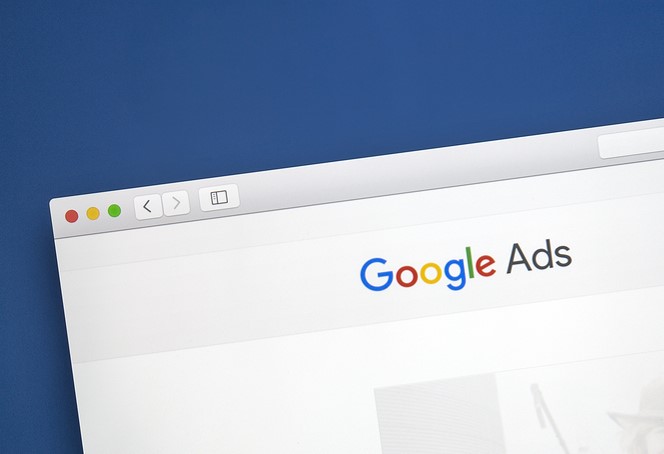
What
Google recently announced the name of Google AdWords will change to “Google Ads”. According to Google, we should see the change hit our accounts on July 24th. At a recent keynote event, Google elaborated on the change and what new products/features we can expect this year.

Why
With Google search, YouTube, Gmail, and GDN all living under the AdWords roof, it was time for a name that represented all of them. This change tackles a perception and semantics issue that many advertising professionals have faced for a while. Looking forward, as Google takes on more methods and ad formats, “Google Ads” provides a tent large enough for everything, whereas “AdWords” would have become increasingly misleading over time. It’s not uncommon for even some marketing professionals to be surprised when they realize that things like YouTube, Gmail, and the Google Display Network are accessed through AdWords – a platform that sounds well, like a search platform.
Because the AdWords title contains “words”, this inadvertently positioned the non-search products as an afterthought. “Google Ads” aims to change this stigma and broaden how we choose to spend our advertising dollars.
How will this affect my campaigns
Generally speaking – it won’t. The AdWords logo you see in the UI will become the Google Ads logo, but it doesn’t look like there will be any change in functionality.
What Does This Mean For The Future?
Emphasis On Accessibility
In addition to a more accessible platform title, Google announced at their July keynote, responsive search ads – a more accessible way to test ad copy messaging. These ads work on the same premise as responsive display ads. You give Google the elements to create an ad and they experiment with these elements to discover what works. Google is incentivizing advertisers to try this format by offering an additional 30 character headline, and up to two 90 character description lines. After testing this format in beta for a few weeks at Just Media, we’ve seen positive results.
With their sights set on attracting more small businesses, Google also announced a new campaign type called “Smart Campaigns”. Google claims that a small business could potentially set up this campaign type in a matter of minutes. Just about every aspect of a “smart campaign” is built and managed by machine learning, from ad copy creation to bidding. Only a few inputs, including goals, are required.
SEM Job Descriptions Keep Evolving
If you’ve worked in paid search for a while, it’s probably occurred to you that the definition of your job changes as quickly as Google can add features and formats to its platform. Over time search marketers have also become experts in display, email, and video simply because Google added these things to its platform. This expansion has only accelerated in recent years, and with a broader platform name to operate under, Google is confirming that growth in its product line and our skill sets will continue.
Improvements To Attribution
At their recent keynote, Google announced the availability of cross device reporting in Google Analytics. While this doesn’t sound terribly exciting, it evoked one of the biggest cheers from the audience. Google has always made attribution a top priority because it proves the effectiveness of their products, which increases ad spend. “Google Ads” signals that Google wants to see more revenue from non-search products, and that all their products will operate effectively when used together. To push this agenda forward, expanding attribution capabilities within the Google ecosystem seems like a natural next step.
Demotion Of “Words”
Google has been chipping away at the power of keywords for a while. Look no further than the dilution of match types and the introduction of Dynamic Search Ads. The recent removal of “Words” from the platform title hammers this idea home. It’s easy to see how “Google Ads” foreshadows a not too distant future where search ads are served without keyword targeting.

B L A K E B E L D E N
Search Marketing Specialist
